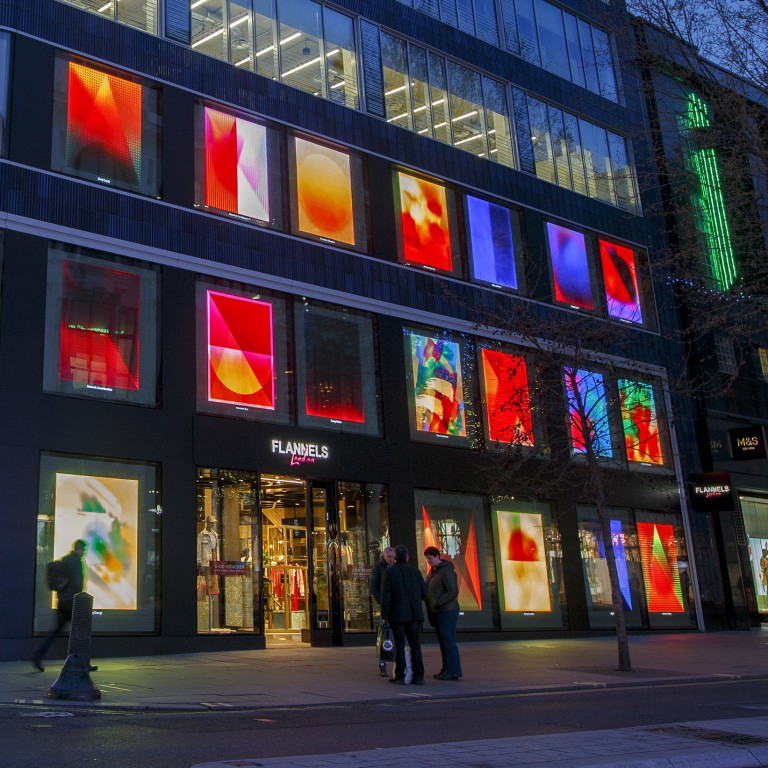
Are NFT artworks and collectibles worthy of all the hype?
- Minting and exchanging NFTs consumes large amounts of energy, seemingly needlessly
- Rather, we should use technology sensibly, to improve our lives and not rush blindly to embrace the latest meaningless trend
NFTs are an invention using blockchain technology to store data on a digital ledger so it can be exchanged online with credibility and a guarantee of scarcity. For a long time, digital data could easily be replicated and forged without authentication. Finally, the world found a way to move digital assets with security and proof of ownership.
Nowadays, if you are not talking about NFTs, it seems like you’re not at the forefront of technology and innovation. While we should catch up with the times and be open-minded about new ideas, we should also question the merits of innovation claims.
We do not want to be obsolete and fall behind on an epic paradigm shift in cultural and technological advancement. At the same time, we do not want to ride a bandwagon blindfolded without questioning the meaning of things.
A capitalist market is often volatile with unpredictable turns. When all players believe in a common platform, there are buyers, sellers and worthy commodities with resale values. The market will continue to grow and remain sustainable as long as there is demand.
So are NFT artworks and collectibles worthy because of the prices in the marketplace, or because they carry significant artistic and cultural value we would like to preserve?
Economist Saifedean Ammous wrote about genuine art in The Bitcoin Standard, saying artists previously “spent years learning the intricate details and techniques of their work, perfecting it and excelling in developing it beyond the capabilities of others, to the astonishment of their patrons and the general public”.
Physical artwork and memorabilia are non-fungible by default. However, genuine collectibles are valuable not because they are one of a kind but because they hold significant emotional and cultural value to their admirers and collectors.
Some other recently auctioned items include Andy Warhol’s Shot Sage Blue Marilyn, Diego Maradona’s “Hand of God” jersey and former New England Patriots quarterback Tom Brady’s last touchdown ball. Their value lies in their symbolism, significance and legendary presence suspended in time.
From Cryptokitties to Beeple’s ‘Crossroads’ – NFTs are everywhere. Here’s why
We should look for sensible uses of technology to improve our lives and only use energy when they are worth it. Otherwise, we not only needlessly increase our carbon footprint, we become like the people who praised the emperor’s new clothes – or, like Estavi, we end up wearing the new clothes ourselves.
Dennis Lee is a Hong Kong-born, America-licensed architect with 22 years of design experience in the US and China



